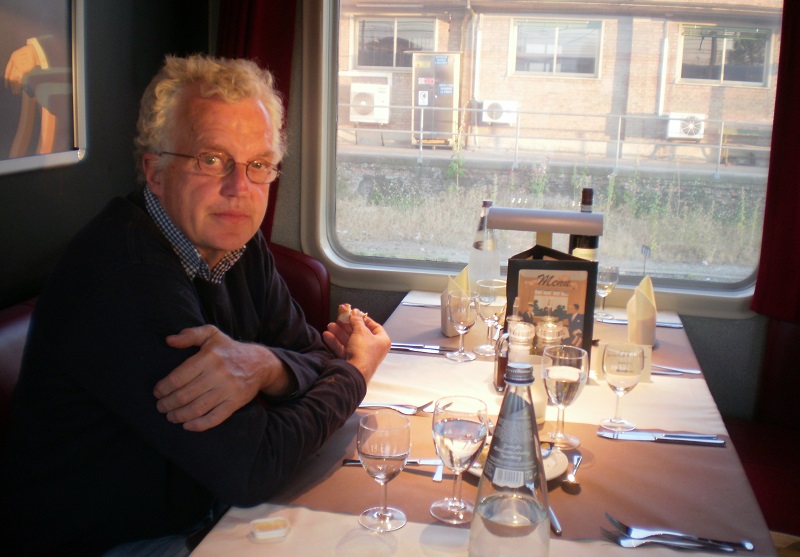The arrival of high speed trains in London on November 14 should be a cause for unalloyed celebration. Not only will the Channel Tunnel now be a mere half an hour train ride from St Pancras, but in a couple of years time domestic services will run along the line linking London with various parts of Kent.
Moreover, the refurbished St Pancras can lay claim to be the most beautiful station in the world. Arriving in London underneath the famous Barlow roof, which has been painted a perfect blue-gray colour that makes it indistinguishable from the sky, will become a tourist attraction in itself. For once the publicity portraying St Pancras as the ‘Destination Station’ is not misleading.
There is, though, a fly in the ointment that makes the welcome for the new line rather more muted than it would otherwise. The builders, London & Continental, have renamed the Channel Tunnel Rail Link as High Speed One, a clear suggestion that similar lines will spread around the country over the next few years.
However, this is not to be. The government made clear in its White Paper on the future of the railways published in July that even serious consideration of a new high speed line between London and the North has been ruled until the middle of the next decade. There will be a long wait before the arrival of High Speed Two if it ever comes at all.
Possibly this would be acceptable if one could be confident that large amounts of money are to be invested in expanding the capacity of the existing network. However, while the White Paper does offer a few major schemes such as Thameslink and Reading, many of the bottlenecks identified by the Association of Train Operating Companies will remain for the foreseeable future. Britain, therefore, enters the High Speed age of the railways with, as ever, one hand tied behind its back.
